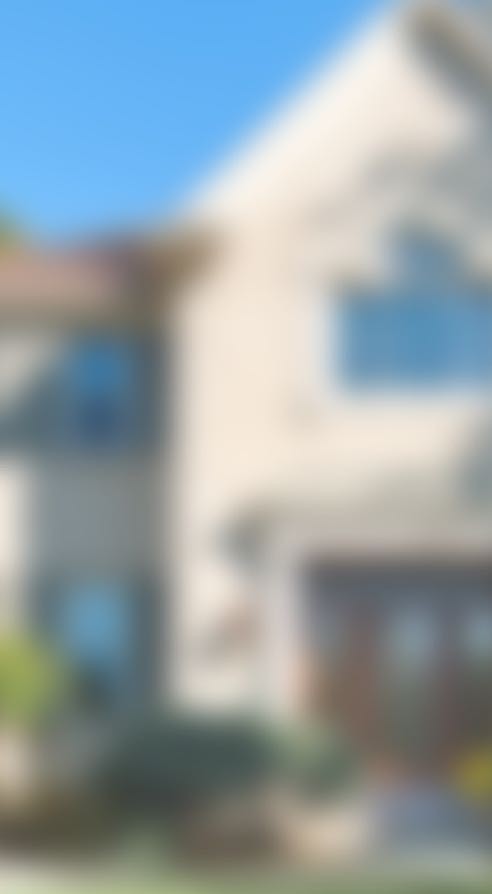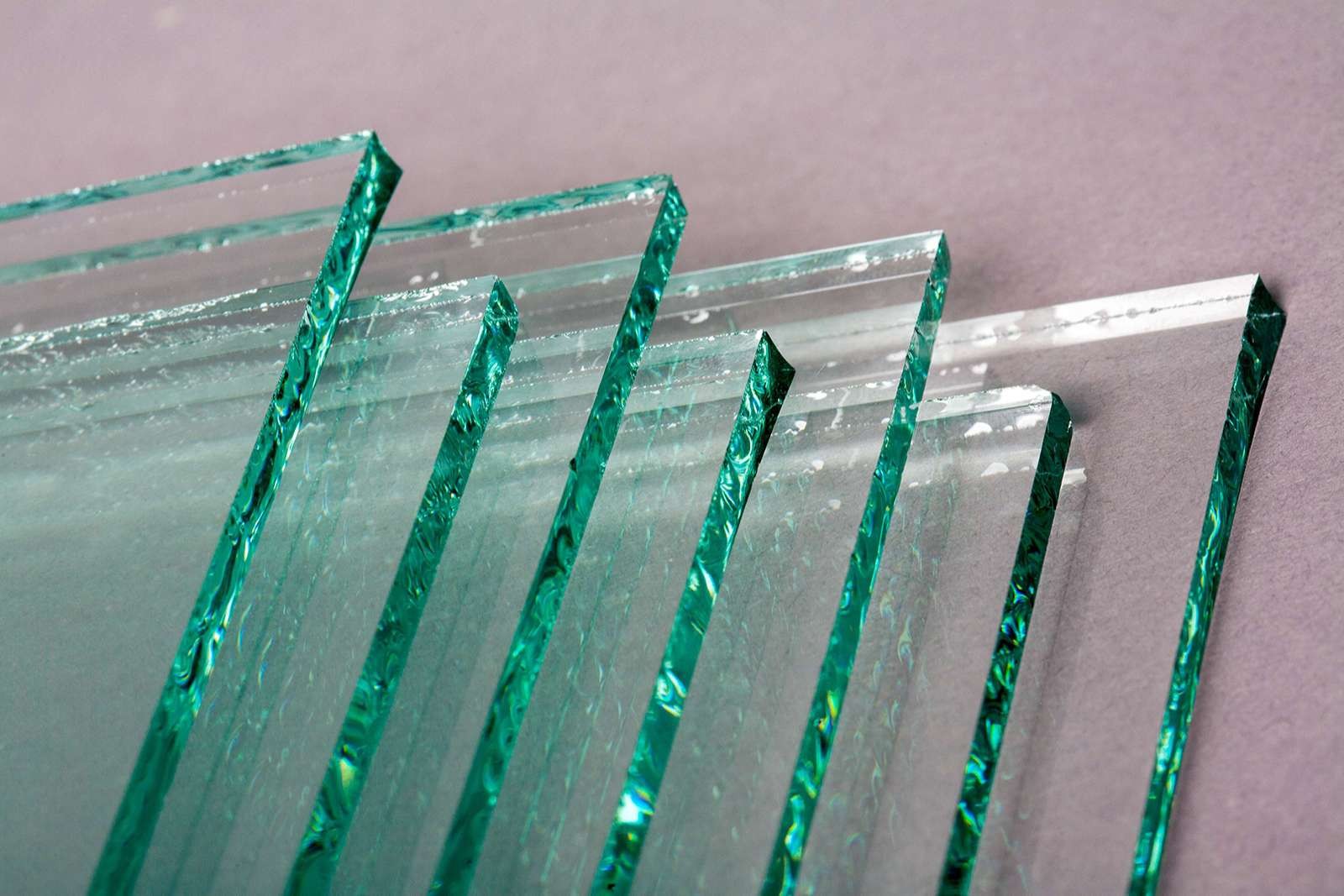


Expert Overview
- Window glass has different properties, depending on how it’s heated and cooled during the manufacturing process.
- Float glass is the most basic type of glass. It may be made stronger with heat, and/or it may be tempered, laminated, tinted, filled with gas, or obscured.
- Some types of glass are more energy efficient, such as Low-E glass, which has a special coating that helps keep heat out in the summer and in during the winter.
Can you choose the type of glass in your windows? In fact, yes! When you buy replacement windows, there are some decisions you can make about both the amount of glass (how many panes) and the type of glass (how it’s manufactured).
Recall that window glazing often refers to the panes of glass (single glaze, or single pane; double glaze, or double pane; triple glaze, or triple pane). (Learn more about window glazing.)
This article looks more specifically at how we make the types of glass, specifically how we heat and cool it. The variance in how we manufacture glass gives the different types their distinct properties. Some glass is stronger or more energy efficient than other types, for example.
This glossary is a good place to start.
- Float glass. Float glass is a flat, even type of glass; it’s the basic type of glass in most modern windows.
- Annealed glass. Annealed glass is float glass that has been slowly cooled; it’s ordinary window glass, before it is coated or treated for strength or energy efficiency.
- Heat strengthened glass. This type of glass refers to annealed glass that has been reheated and cooled rapidly. Heat-strengthened glass is twice as strong as annealed glass.
- Tempered glass. Tempered glass, or safety glass, is float glass that has been heated to about 1200 degrees Fahrenheit and then rapidly cooled. It breaks into small, dull pieces.
- Heat soak tempered glass. Heat soak tempered glass is specially heated to create extra strong safety glass.
- Laminated glass. Laminated glass is a type of safety glass that does not easily break, and when it does, it typically stays in the frame.
- Insulated glass. Insulated glass is made from two or more pieces of glass with an air-filled space in between.
- Gas filled glass. Gas filled glass has a layer of gas (either argon or krypton) between the panes of glass; this gas helps insulate the windows. Learn more about argon gas.
- Low-E glass. Low-E glass has a coating that helps deflect UV rays, keeping heat out of the house during the summer. Low-E glass also helps keep heat in the home during the winter. Read more about Low-E glass.
- Tinted glass. Tinted glass helps absorb heat from the sun, so it keeps a home cooler.
- Obscured glass. Obscured glass is glass that has been frosted or patterned so that light is allowed to filter in, without distinct shapes being seen through the glass. It’s common in bathrooms.
Learn more about how to choose which glass is right for you, and how glass can help you better control your climate.
